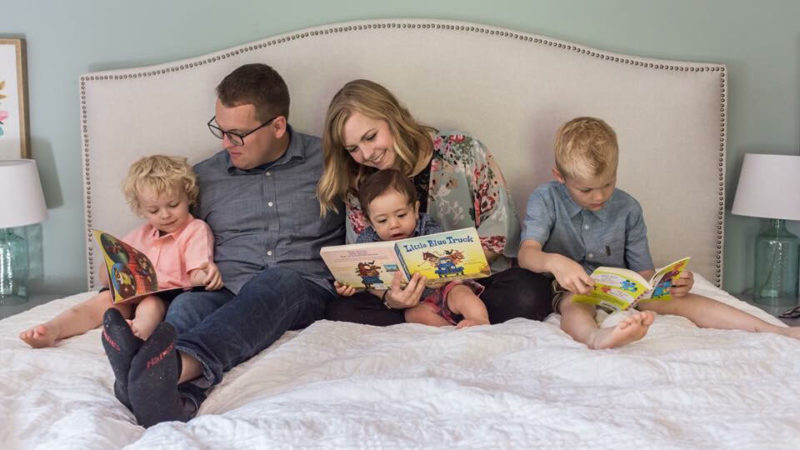Helping Adoptees Explore First (Birth) Family and Heritage Culture—Part III

As adoptive parents, one of our goals is for our children to have strong and resilient identities. For this to happen, it’s important to aid our children in understanding and honoring their story. Exploring their birth family and heritage culture is central to this. Part one of this series will focus on understanding birth family exploration. Part two will look at birth culture and part three will outline tangible steps adoptive families can take to support their child’s exploration of birth family and birth culture.
Part Three—Tangible Steps to Support Heritage Exploration
Bessel Van tells us, “Being able to feel safe with other people is probably the single most important aspect of mental health.” The idea is that when we tell our child we love them, they already know. This is a great starting point when talking about how to support adoptees through birth family and birth culture exploration.
Here is a list of 10 tangible steps adoptive families can take—formally or informally and small to large scale—to support their child’s first family and heritage culture exploration:
- Offer books to help children identify and express their emotions.
- Offer to help or prompt them to build a “loss box” in which big feelings can be contained and returned to when ready.
- Guide them through or prompt them to explore art therapy. Intentionally read outcomes such as the size or color of objects and what’s absent.
- Normalize the idea of a “living memorial” honoring that someone very important in their life is not there.
- Offer music, theatre, dance, or poetry as a form of exploration and expression.
- Introduce art, images, cuisine, and other heritage culture norms throughout aspects of daily life.
- Use select media as a prompt for reflection and dialogue. (Pay attention to representation and narrative diversity.)
- Begin and contribute to a life-book or scrapbook project.
- Attend a culture camp or become part of a local community. (Remember to let them lead exploration, don’t idolize culture or let this become your thing.)
- Engage regularly and often as a lifelong learner and parent.
When supporting our child’s birth family and birth culture exploration, we are helping them understand questions about who they are, where they’re from, what happened to them, where they’re going, how they’ll get there, and what it means to belong. Our role involves establishing felt safety, both physical and emotional; providing opportunities for exploration; being present to the exploration (noticing gestures, body language, tone, and voice); listening to the stories (engaging); following their lead by paraphrasing and affirming their current perceptions; and mobilizing to give care because we know to interpret their behavior as a response to grief. Our primary goal is to honor our child’s story so that it is not a mystery in the background of their life but an understood aspect that inspires hope, connection, peace, freedom, and joy.
That’s all for our series on first family and birth culture exploration! If you haven’t already, be sure to return to part one to learn about first family exploration, and part two to learn about heritage culture exploration. And if you’re ready to dive even deeper into this topic, enroll in the “First Family Heritage Search” class by Families Are Forever!